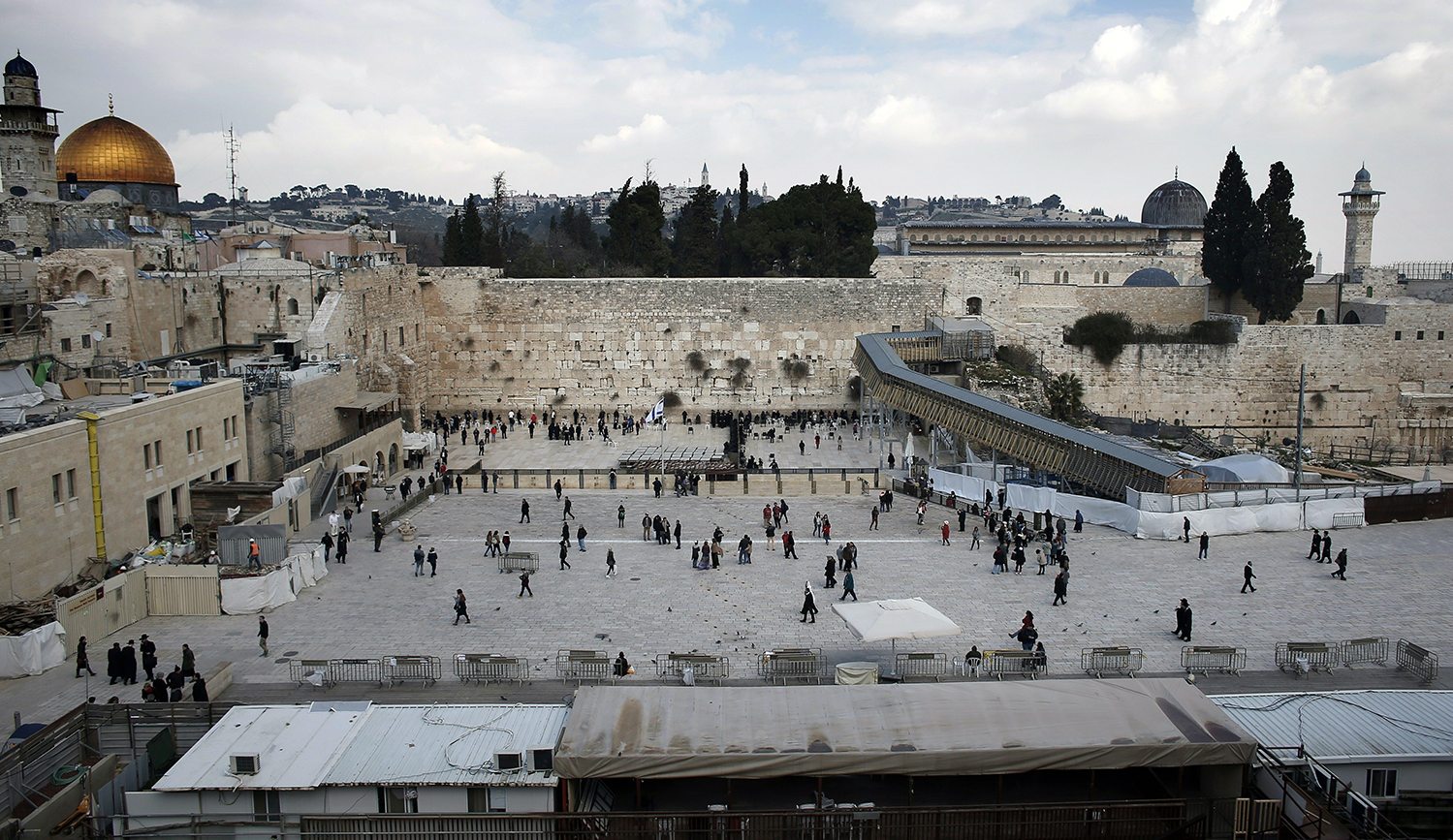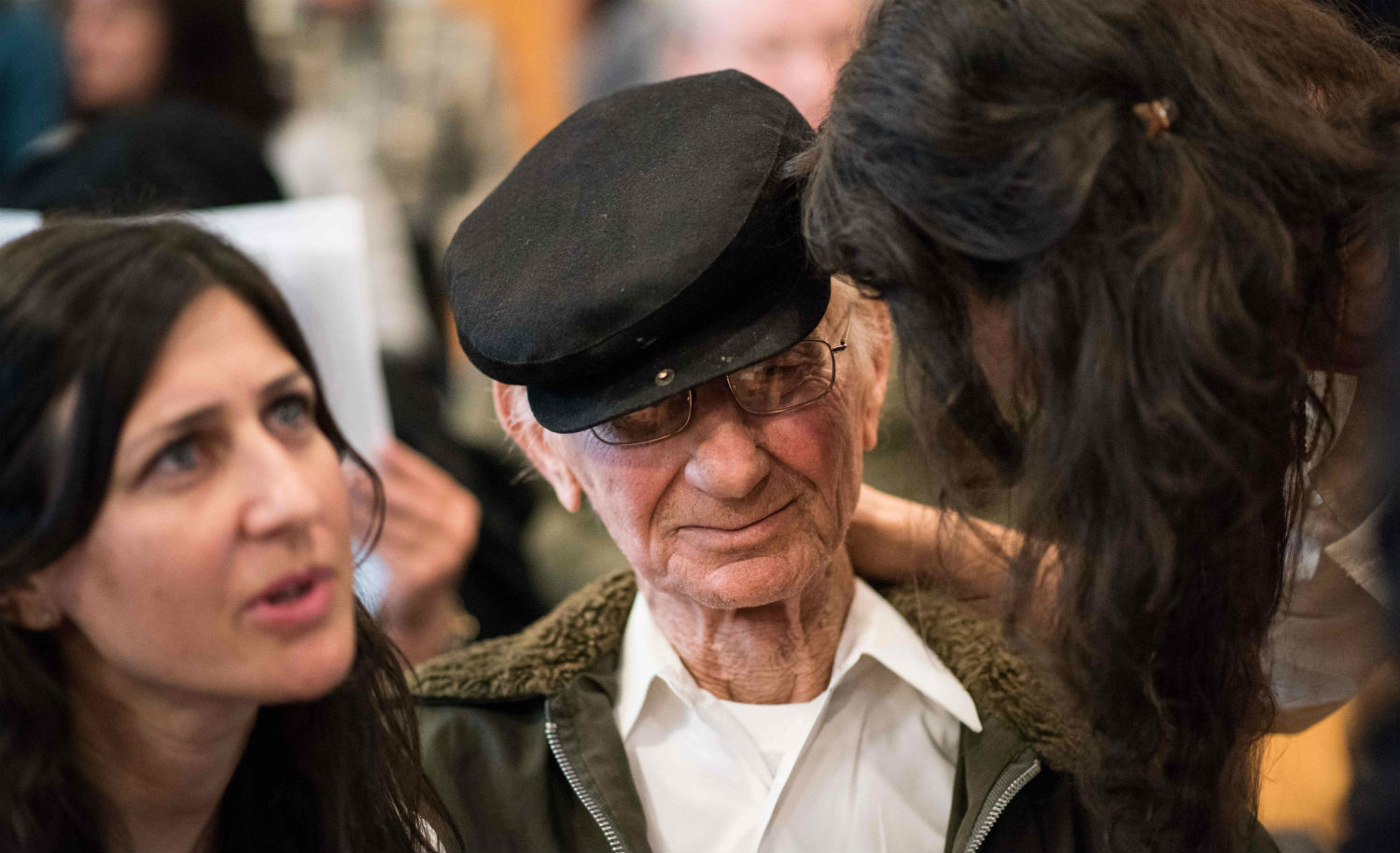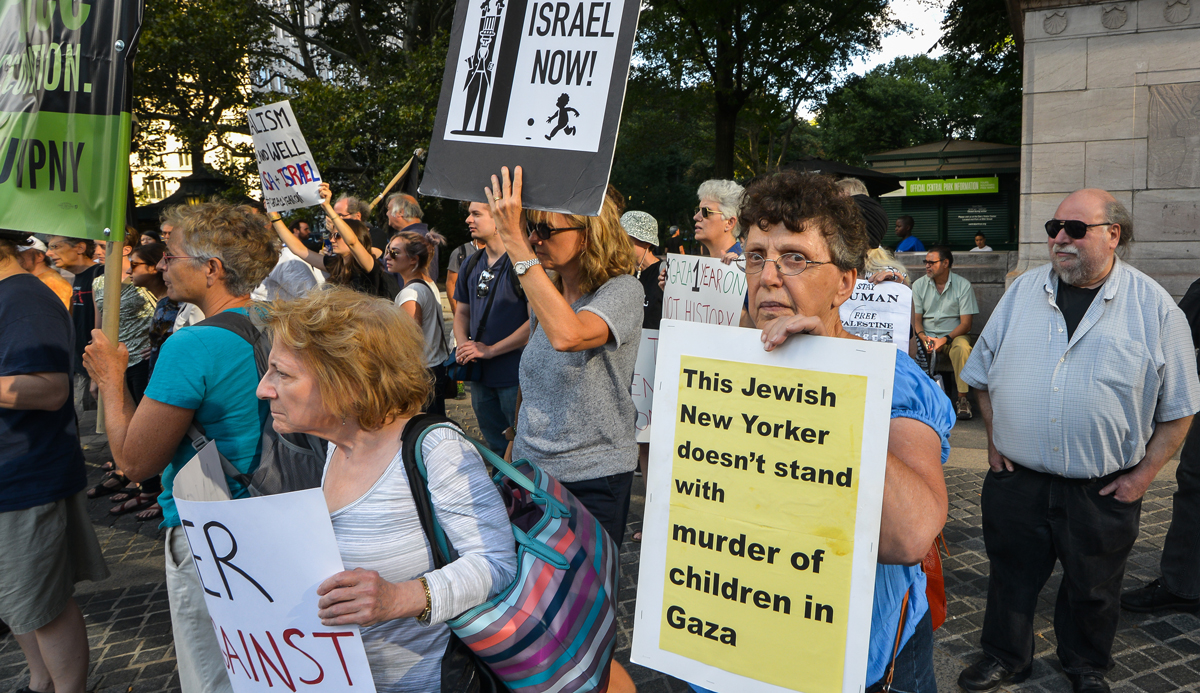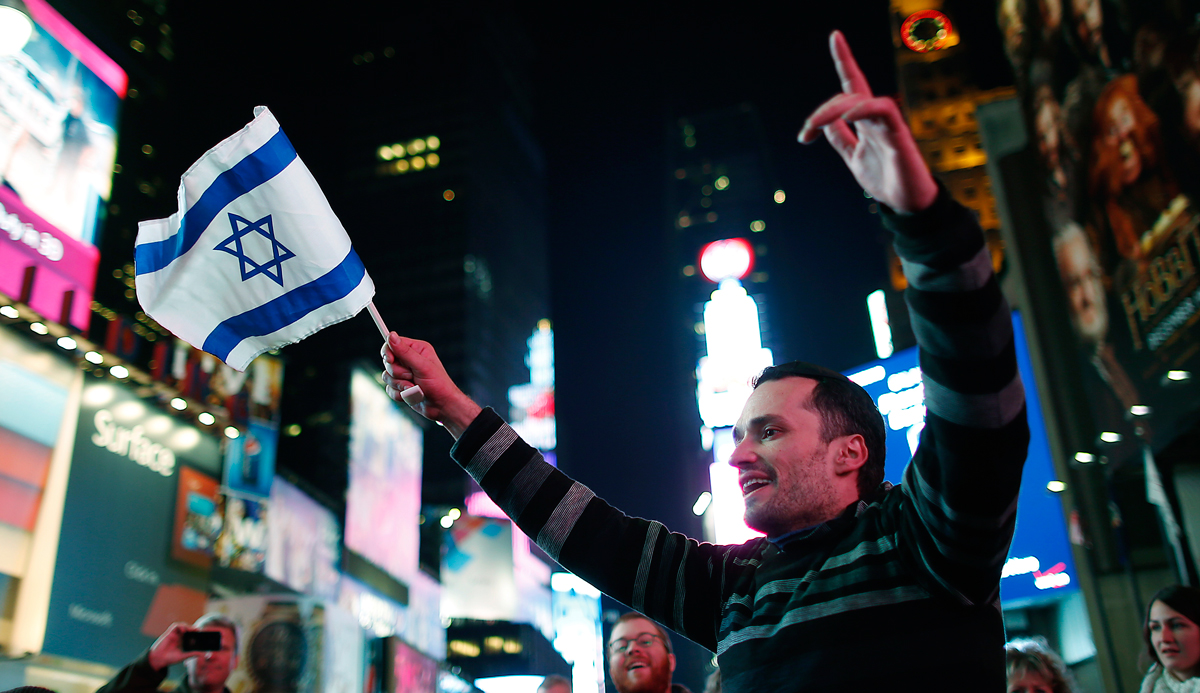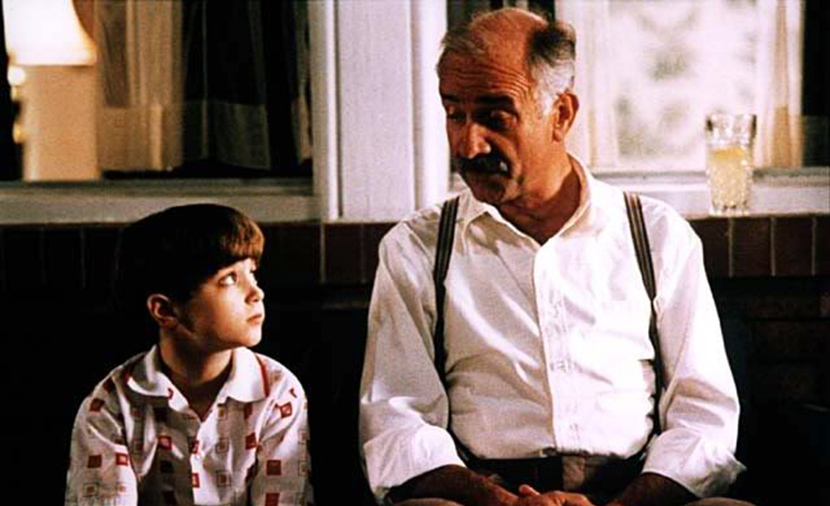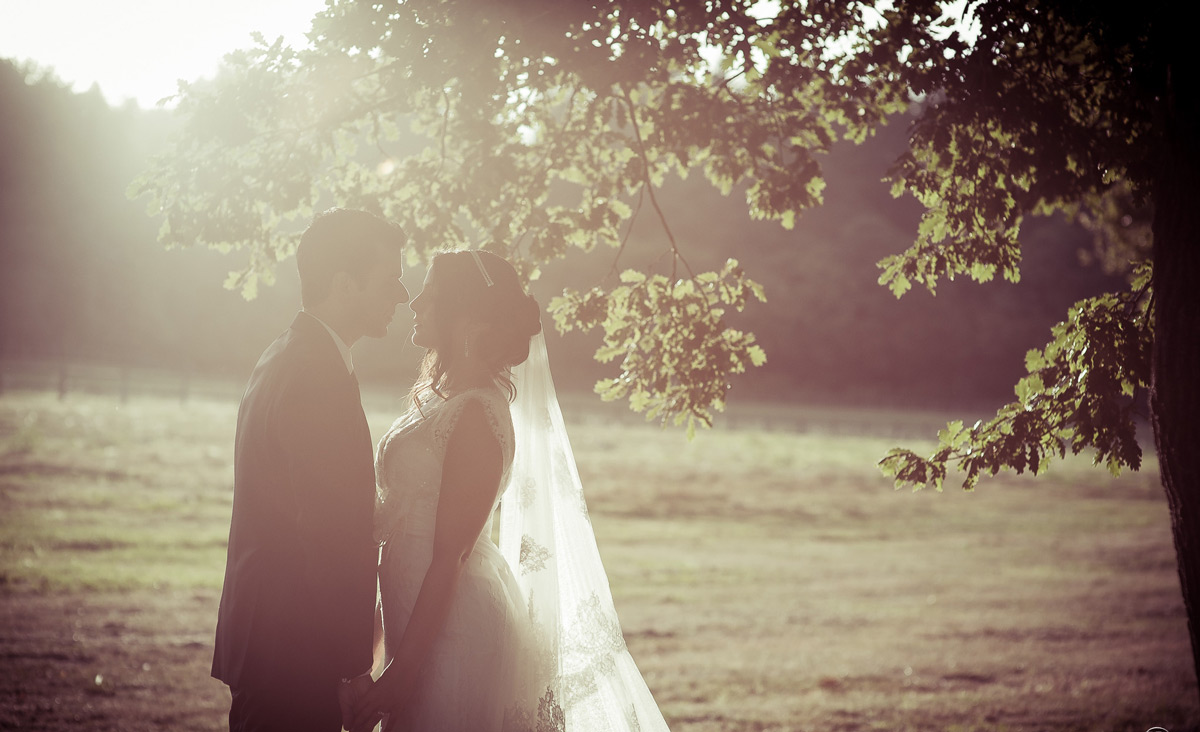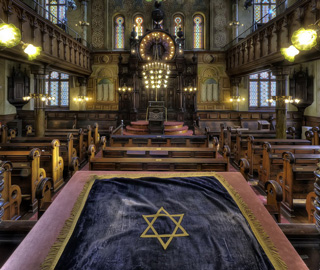Jewish continuity
“We can talk about gender equity all we want, but our bodies are out of sync with our beliefs.”
Long-festering strains between the world’s two largest communities jeopardize the prospects of a shared Jewish future. Here’s a way forward.
My grandfather, who survived five Nazi camps, built in their shadow a life that consisted above all of children and grandchildren. The same is demanded of us all.
In the 20th century the American Jewish community was the world’s largest and strongest, and helped establish and protect the Jewish state. The 21st century will be different.
From the founding years to the recent years of strength, American Jews have always seen in Israel what they wanted to, not what was necessarily there.
There are more Israeli Jews than ever, so they need American Jews less. And they don’t all look European, so American Jews might have trouble seeing them as “my people.”
They’ve got time, money, and love to spare, and there are more of them than ever. Why isn’t the Jewish community enlisting their help?
Hopeful arguments to that effect have been proffered since the Pew survey two years ago. They’re wrong.
Are there any data capable of persuading our critics that something is seriously amiss with American Jewry?
Jewish life in America is actually flourishing, thanks in part to the energy of children of intermarriage.
Younger Jews have rejected the idea of ethnic solidarity, thus ensuring that the American Jewish future will look radically different from what has come before.
85% of young American Jews attend college. They need tending.
Last year’s survey of American Jews brought dire news—rising intermarriage, falling birthrates, dwindling congregations. Our reanalysis confirms the message, and complicates it.

